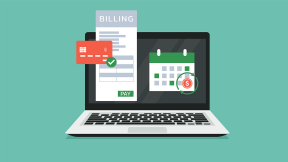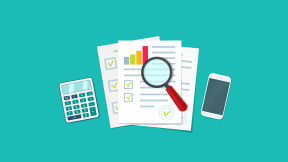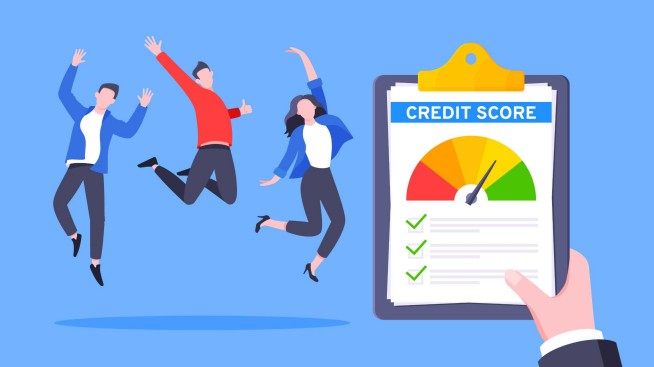What is your credit score when you have no credit history?

Quick insights
- If you have no credit history, you may not have a credit score.
- You can build a credit history by getting a credit card to make everyday purchases, like gas and food.
- There are options to help you start building your credit history, like secured credit cards or becoming an authorized user on someone else’s credit card account.
You’ve probably heard of a credit score – that three-digit number ranging from 300 to 850 that shows a snapshot of your creditworthiness. What you might not know is that a credit score is not automatically assigned to you at birth, or that people with no credit history also may not have a credit score. But what does it mean to have no credit history, and what do you have to do to get a credit score?
Starting from scratch: Understanding what it means to have no credit history
Having no credit history means that there’s no record of any borrowed money or used credit associated with you that has been reported to the credit bureaus. This situation is common for young adults who are just starting their financial journey, new immigrants who haven't yet established credit in the country or individuals who have made a point of not making purchases with credit.
Credit scores are calculated based on the information in your credit history, so without any history, you may not have a credit score. That said, a lack of credit history is not the same as having poor credit. Poor credit can indicate a history of mismanaging credit, while no credit history simply means there's not enough information to calculate a credit score yet.
While having no credit history can make it harder to get credit, there are several strategies and financial products designed to help individuals learn how to build credit from scratch. For instance, Chase Credit Journey® is a free tool to help you learn about and track your credit.
How Chase Credit Journey can help you access your credit score for free
Chase Credit Journey is one of the many available tools that allow you to access your credit score for free. Even if you have no credit history and therefore no credit score, you can use Chase Credit Journey to monitor your progress as you start to build credit. Accessing Credit Journey can be as easy as following these three steps:
- Go to the Chase Credit Journey website or download the Chase Mobile® app to get started.
- If you don’t have a Chase account, that’s OK! You can sign up for Chase Credit Journey for free.
- Login to track credit score changes, understand factors affecting your score, receive alerts about potential fraud and more.
It's a good idea to check your credit score regularly, both as you start to build credit and throughout your financial life. This allows you to see how your actions affect your score.
How to start building credit history to get your first credit score
Building credit history from scratch might seem daunting, but it can be accomplished through your normal monthly spending. Here are some step-by-step tips for building credit history and a credit score:
Step 1: Understand what makes up a credit score
Before you start building your credit history, it's important to understand what goes into a credit score. Whether you use VantageScore or FICO as your scoring model, there are three factors that make up approximately 80% of your credit score:
- Payment history: Payment history carries the most weight when determining credit score. It refers to your history of on-time payments. That means every missed payment, be it a credit card or other bill, can negatively impact your credit score.
- Credit utilization: Your credit utilization ratio refers to the amount of your total debt relative to your total credit limit, across all accounts. For example, if you have a total credit limit of $10,000 and carry $3,000 of debt, your credit utilization ratio is 30%. It is recommended to maintain a credit utilization ratio at or below 30%, with 20% or less being considered ideal.
- Age/type of credit: This category is determined by both the types of credit you have – credit cards, mortgages, auto loans, etc. - as well as the average age of all your accounts. For example, if you have two credit cards – one that you opened six years ago and the other that you opened two years ago – you would have an average age of four years. The older your credit card accounts, or other loans, the better for your credit score.
Another factor that is worth considering when building credit from scratch is:
- New credit: New credit applications typically involve a hard credit inquiry, which can temporarily lower your credit score. The credit score impact of a hard inquiry is usually relatively short, but it could contribute to your credit score for 3-6 months or longer in some cases.
Step 2: Consider applying for a line of credit
There are multiple ways people can start building their credit from scratch. These include a secured credit card, becoming an authorized user or applying for a credit-builder loan.
- Secured credit card: A secured credit card requires a cash deposit that serves as your credit limit. For instance, if you open an account with $1,000, that becomes your credit limit. Secured credit cards are like debit cards in that you can’t spend more than you have; the main difference is that a secured credit card can help build your credit history, and with it your credit score. They can be easier to get approved for compared to a normal credit card. Please note that Chase does not offer a secured card.
- Authorized user: Being an authorized user on a credit card account – usually opened by a parent, guardian or spouse – can help you build credit because the account's payment history can be reported on your credit report. This means that if the primary cardholder maintains good credit habits, such as making payments on time and keeping the balance low, then their positive behaviors can contribute to your own credit history. That said, it's important to note that if the primary cardholder misses payments, it could negatively impact your credit history.
- Credit-builder loan: A secured credit-builder loan is specifically designed for people who want to build credit history from scratch. A credit-builder loan holds the amount you borrow in a bank account while you make payments, helping to build a positive payment history. That said, these types of loans typically come with nonrefundable fees and high interest rates, so you should carefully weigh the pros and cons before applying. Also, many banks, including Chase, do not offer credit-builder loans, so you should check with your lender if you want to investigate this further.
Step 3: Make small, manageable charges
If you get approved for a credit card, use it for small, manageable purchases to help establish a pattern of regular use and timely payments. For example, you could plan to use the credit card for all the purchases you were regularly making, like groceries and your cell phone bill.
Step 4: Pay your bills on time, every time
Your payment history is the most significant factor in your credit score. Make sure to pay all your bills on time – not just your credit card. Late or missed payments can have a significant negative impact on your credit score, and the effects can last months or even years.
Step 5: Keep your credit utilization low
Try to use no more than 30% of your available credit at any given time. High credit utilization can signal to lenders that you're at risk of overextending yourself and may struggle to pay back your debts. Whenever possible, it’s generally recommended to pay off your credit card balance in full each month. This both helps with your credit utilization ratio and can prevent or lessen interest charges.
Step 6: Monitor your credit
Sign up for a free credit monitoring service like Chase Credit Journey to help keep track of your credit score and check your credit report for errors or inaccuracies.
Step 7: Be patient
Building a credit history takes time, and even under the best of circumstances you’ll likely have at least one month’s delay between taking an action and seeing it reflected in your credit score. If you use credit responsibly, over time you could see your credit score start to rise. Remember, the key to a good credit score is a history of consistent, responsible credit use.
How having no credit history can impact you financially
Without a credit history, it can be more difficult to get approved for financial products like credit cards and loans, and may even affect your ability to get rental leases. This is because lenders and landlords use your credit history to assess your risk as a borrower or renter. Without any past information to go on, they may be hesitant to extend credit or may charge higher interest rates (or security deposits) even if you do get approved.
Because of this, it's a good idea to start building your credit history as soon as possible, even if you don't think you need credit yet. Having a high credit score can make it easier to get approved for credit when you need it, such as when you're ready to buy a home or car. A few ways you can start building your credit history include opening a secured credit card, becoming an authorized user on someone else's account, or taking out a small credit-builder loan.
Bottom line
You aren’t born with a credit score, so if you have no credit history you also aren’t likely to have a credit score. Taking steps to build credit can have long-term positive benefits for your credit score and credit profile. And if you still aren’t sure of the best option for you, there are plenty of free tools – like Chase Credit Journey – to help you get started and stay on the path of credit growth.



